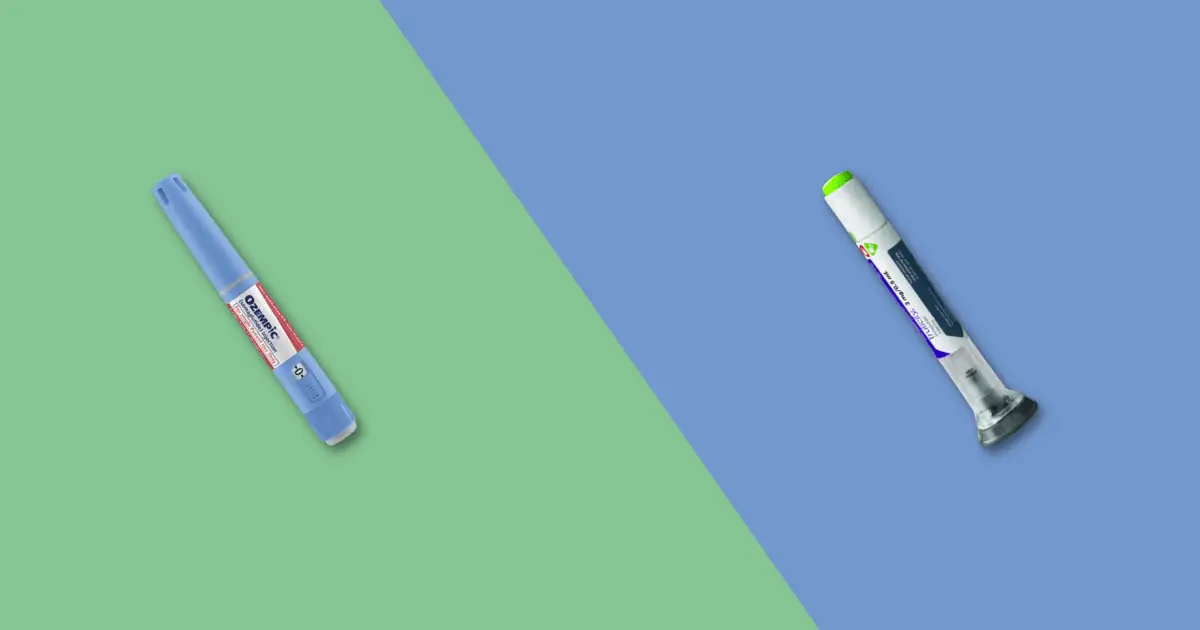weight loss
Trulicity to Ozempic Dose Conversion: A Complete Guide
Trulicity to Ozempic Dose Conversion: A Complete Guide
Trulicity to Ozempic Dose Conversion
If you’re currently using Trulicity (dulaglutide) and considering switching to Ozempic (semaglutide), you’re not alone. Both are GLP-1 receptor agonists used to manage type 2 diabetes and, increasingly, for weight loss. However, they are not interchangeable milligram for milligram. Understanding the right Trulicity to Ozempic dose conversion is essential for a safe and effective transition.
In this post, we’ll explore how to switch from Trulicity to Ozempic, how the dosing compares, potential side effects, and tips for a smooth medication transition.
Trulicity to Ozempic Dose Conversion
Trulicity vs Ozempic: What’s the Difference?
Before diving into the dose conversion, let’s compare the two:
| Feature | Trulicity (Dulaglutide) | Ozempic (Semaglutide) |
|---|---|---|
| Drug Class | GLP-1 receptor agonist | GLP-1 receptor agonist |
| Dosing Frequency | Once weekly | Once weekly |
| Starting Dose | 0.75 mg or 1.5 mg | 0.25 mg |
| Max Dose | 4.5 mg/week | 2.0 mg/week |
| FDA Approval | Type 2 diabetes | Type 2 diabetes, weight loss (Wegovy) |
Though both are weekly injections, Ozempic is more potent than Trulicity, which is important to consider during dose conversion.
Trulicity to Ozempic Dose Conversion Chart
There is no direct 1:1 conversion between Trulicity and Ozempic because they have different bioavailability and potency. Below is a general conversion guide based on clinical practice:
| Trulicity Dose | Suggested Ozempic Starting Dose | Notes |
|---|---|---|
| 0.75 mg/week | 0.25 mg/week | Start low to reduce side effects |
| 1.5 mg/week | 0.25 mg/week → 0.5 mg after 4 weeks | Titrate up after 4 weeks |
| 3.0 mg/week | 0.25 mg → 0.5 mg → 1.0 mg | Gradual increase recommended |
| 4.5 mg/week | 0.5 mg → 1.0 mg → 2.0 mg | Requires multiple titration steps |
Always consult a healthcare provider before adjusting or switching medications. Your individual health needs may vary.
Trulicity to Ozempic Dose Conversion
How to Transition from Trulicity to Ozempic
-
Wait for your next weekly dose – Start Ozempic one week after your last Trulicity injection.
-
Begin with Ozempic 0.25 mg – This is a non-therapeutic starter dose meant to minimize GI side effects.
-
Follow the titration schedule:
-
Week 1–4: 0.25 mg
-
Week 5–8: 0.5 mg
-
Week 9+: 1.0 mg or as prescribed
-
Your doctor may adjust based on blood glucose, A1C, or weight loss progress.
Managing Side Effects During the Switch
Switching GLP-1 medications can cause temporary digestive discomfort as your body adjusts.
Common Side Effects:
-
Nausea
-
Bloating
-
Diarrhea or constipation
-
Loss of appetite
Tips for Reducing Symptoms:
-
Eat smaller meals
-
Stay hydrated
-
Avoid greasy or spicy foods
-
Stick to a consistent injection schedule
Who Should Not Switch to Ozempic?
Avoid switching if you:
-
Have a personal/family history of medullary thyroid cancer
-
Are pregnant or planning to be
-
Have a known allergy to semaglutide
Your doctor will assess your medical history before making a recommendation.
Why Switch from Trulicity to Ozempic?
Here are common reasons patients make the switch:
1. Weight Loss Potential
Ozempic is associated with greater weight loss than Trulicity in clinical trials.
2. Better A1C Control
Some patients respond better to semaglutide for blood sugar regulation.
3. Insurance or Cost
Insurance coverage or copay programs may favor one drug over the other.
Results: What to Expect After Switching
Many users begin to notice:
-
Blood sugar improvements within 2–4 weeks
-
Weight loss within 1–2 months
-
Fewer cravings and better appetite control
Staying consistent with dosing and lifestyle changes is key to seeing results.
Final Thoughts on Trulicity to Ozempic Dose Conversion
While switching from Trulicity to Ozempic can feel intimidating, the process is safe and effective when supervised by a medical professional. Ozempic offers strong results for both type 2 diabetes and weight loss, but proper dosing and gradual titration are essential for minimizing side effects and maximizing benefits.

